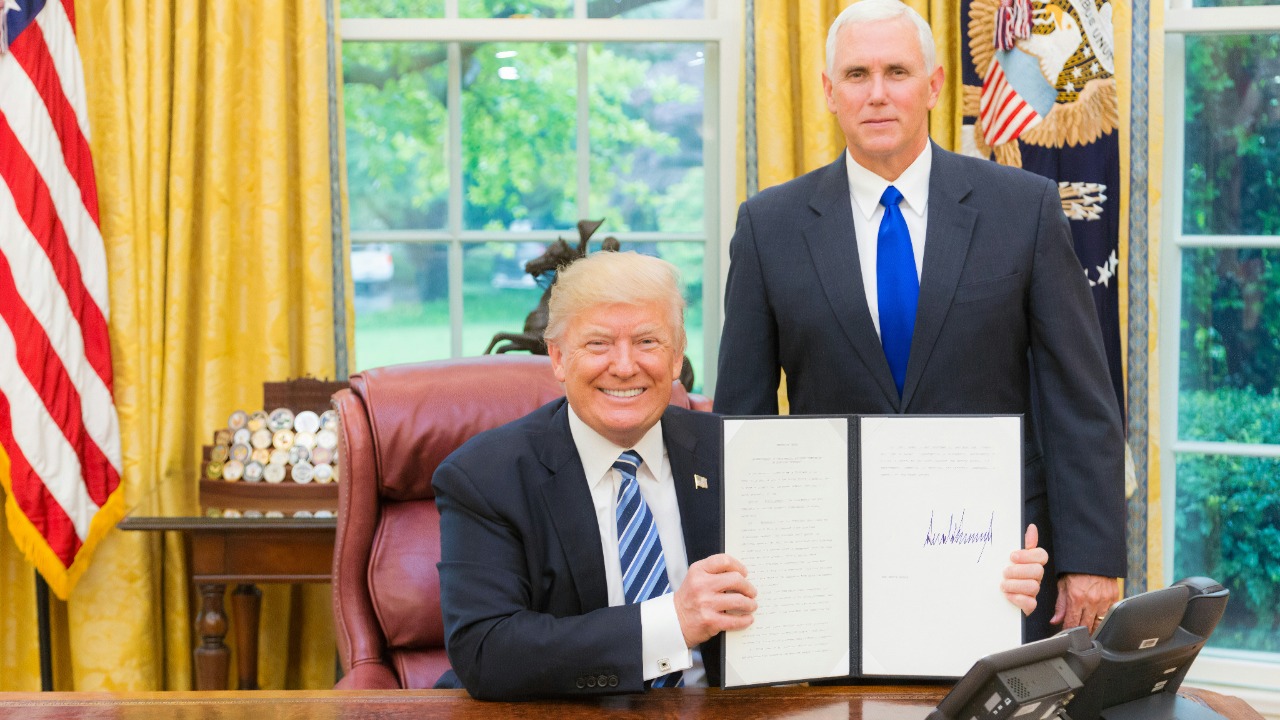
The strategic direction of Honda’s electric vehicle (EV) development has been significantly impacted by the policies of President Trump’s administration. The Japanese automaker’s ambitious plans for EVs have been delayed by “maybe five years,” leading to a shift in focus towards hybrid vehicles. Honda CEO Toshihiro Mibe has acknowledged that the overall EV market adoption has been pushed back by 5-6 years, necessitating a reassessment of the company’s electrification timeline initially set for the mid-2020s.
Honda’s Initial EV Ambitions
Prior to 2024, Honda had set ambitious targets for its EV production. The company aimed for 40% of its sales to be electric by 2030, and had invested heavily in battery plants in Ohio. The Prologue SUV, slated for launch in 2024, was to be Honda’s flagship EV, with plans to introduce multiple models under the “0 Series” by 2026. Honda had also entered into a joint venture with General Motors (GM) to produce affordable EVs starting in 2027.
Trump’s Policy Landscape
The Trump administration’s policies have had a significant impact on the EV industry. Executive orders aimed at rolling back EV incentives, such as the elimination of federal tax credits from the Inflation Reduction Act, have created a challenging environment for EV manufacturers. The administration’s push for fossil fuel priorities, including tariffs on imported batteries and reduced funding for charging infrastructure, have further complicated the situation. Statements from Trump advisors have indicated a preference for internal combustion engines over electrification mandates.
Direct Impact on Honda’s Timeline
These policy changes have had a direct impact on Honda’s EV rollout timeline. The company’s EV plans have been delayed by “maybe five years” due to the effects of Trump’s policies on supply chains and subsidies. Uncertainties in the U.S. market have forced Honda to scale back its 2026 model introductions to just two EVs instead of six. These delays have had a ripple effect on Honda’s global plans, with North American production hubs remaining idle for longer periods.
CEO Mibe’s Strategic Pivot
In response to these challenges, Honda CEO Toshihiro Mibe announced in May 2025 a strategic pivot towards hybrid vehicles. Mibe referred to hybrids as the “bridge technology” for the next decade, given the delays in EV adoption. He attributed the pushback in EV adoption to infrastructure gaps and consumer hesitancy, both of which have been exacerbated by policy changes. As part of this strategic shift, Mibe announced the reallocation of R&D budgets from pure EVs to hybrid powertrains.
Rise of Hybrids in Honda’s Portfolio
The shift in focus towards hybrids has led to an expansion in Honda’s hybrid models, such as the CR-V and Accord. Despite the dip in EV sales, hybrid sales surged by 30% in 2025. Hybrids align well with Trump’s deregulatory environment, as they do not rely on EV-specific rebates. Honda unveiled new hybrid prototypes at the 2025 Tokyo Motor Show, with a target of achieving 50% hybrid penetration by 2030.
Market and Industry Ripples
Honda’s delay in its EV plans has had implications for its competitors as well. Companies like Toyota and Ford are also hedging their bets with more hybrids. Consumers are likely to face higher EV prices due to the lack of incentives, and the growth of the charging network is expected to slow down. In the long term, these developments could result in a 5-6 year setback in the U.S. EV market share reaching 50% of sales.
Honda’s Path Forward
Despite these challenges, Honda has contingency plans in place. The company is considering hybrid-EV hybrids as interim solutions until there is more clarity on policy. Honda continues to invest in EV technology in Japan to mitigate the risks posed by U.S. policies. CEO Mibe remains optimistic about the eventual resurgence of EVs, although he acknowledges that the adoption curve has been adjusted by “5-6 years.”
More from MorningOverview